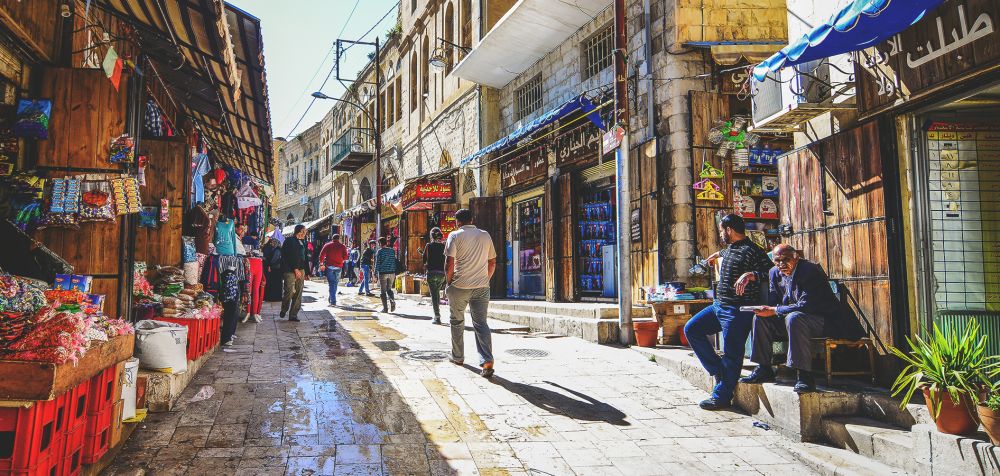

The history of tourism on Al Hamman Street in Al Salt, Jordan, is as rich as the city's cultural tapestry. Al Salt, one of the ancient cities of Jordan, has been a center of human settlement for thousands of years, attracting visitors since the times of Alexander the Great. However, the concept of organized tourism is relatively recent, emerging in the late 19th and early 20th centuries as travelers from Europe and America began to explore the Middle East’s cultural and historical landmarks.
Al Hamman Street, known for its traditional bathhouses and Ottoman architecture, became a focal point for tourists seeking to immerize themselves in the authentic Jordanian lifestyle and heritage. The street's significance grew as it became part of the As-Salt Archaeological and Historical Museum, which provided greater awareness and access to the rich cultural artifacts and storied past of the region.
Throughout the 20th century, Al Salt, including Al Hamman Street, witnessed gradual development as a tourist destination. The establishment of key historical sites as protected areas, and the inclusion of these sites in guided tours, cemented Al Salt's place on Jordan's tourism map. The city's social and urban fabric, earthen architecture, and the preserved history of harmony among different religions and cultures, added to its appeal.
The influx of tourism significantly increased after the Jordanian Department of Antiquities took active steps to restore and conserve numerous historical buildings along Al Hamman Street in the late 20th century. This move intensified interest among history buffs, architecture enthusiasts, and cultural explorers.
Today, Al Hamman Street stands out as a beacon of historical preservation and is part of Al Salt's larger efforts, which led to its designation as a UNESCO World Heritage site in 2021. This distinction under the title of "The Place of Tolerance and Urban Hospitality" further boosted its global recognition and tourist demand.
The trend in tourism on Al Hamman Street now incorporates experiential and sustainable travel, with visitors seeking authentic, local encounters. Walking tours, cuisine tasting events, and traditional craft workshops are in vogue, allowing tourists to engage with the city's history and community in a personal and impactful way. With a burgeoning interest in eco-friendly and socially responsible travel, Al Salt's sustainable initiatives have been well received, offering cultural experiences that are sensitive to the local environment and people.
Al Hamman Street remains a testament to Al Salt's enduring allure. Its journey from an ancient street to a prominent heritage destination is a narrative of proactive preservation and adaptive reuse. With its escalating popularity among tourists striving for meaningful travel experiences, Al Hamman Street continues to shine as a historical and cultural cornerstone of Jordanian tourism.